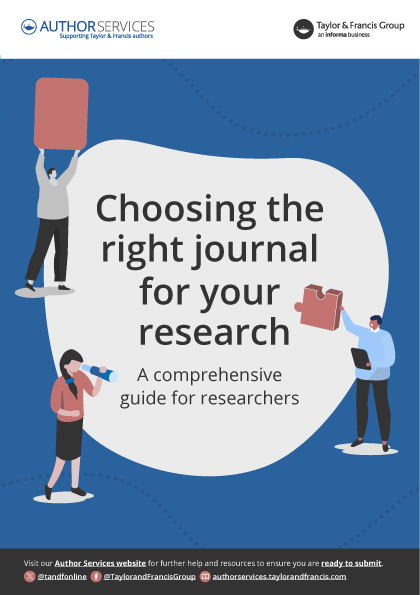A guide through your research publication journey
Whether you are an early career researcher writing your first journal article or later in your career, one thing is certain, all journal articles are different. The first step to writing a research paper is knowing what is expected for a successful publication.
You must make sure you perfect your research article to meet publishing standards, then navigate the submission and peer review process. Read on for guidance on how to turn your paper into its best version, to maximize your chances of getting published.


